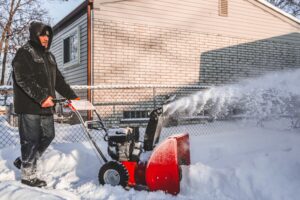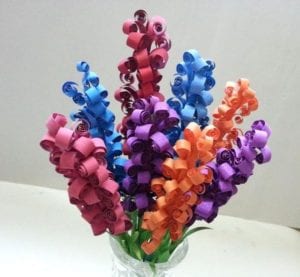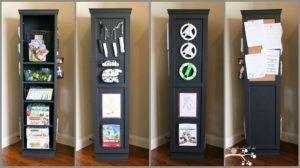Last Updated on November 21, 2024 by teamobn
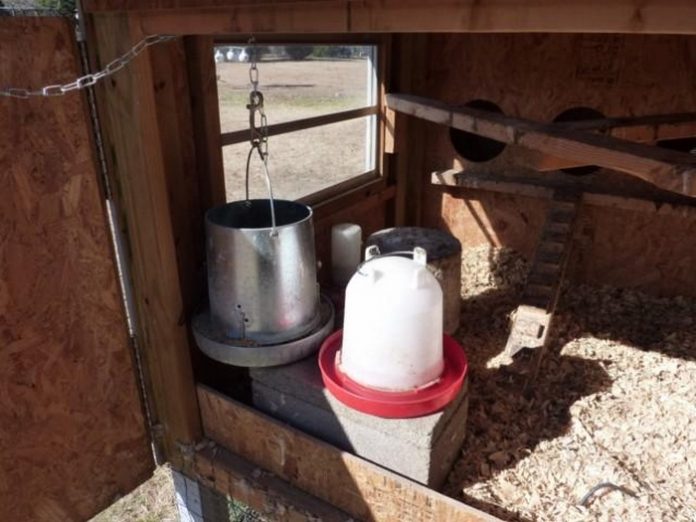
Now here’s a must-have for those raising chickens in areas with extreme cold weather – a DIY chicken water heater! This cutting-edge device prevents your chicken’s water from freezing, even in the most extreme cold. It’s straightforward to set up and operate, making it a valuable asset for any poultry enthusiast in a frigid environment.
Chooks are very capable of keeping themselves warm during winter. Chickens possess natural abilities to keep themselves warm during the winter months. However, ensuring their drinking water remains unfrozen is a task beyond their capability.
Additionally, if you reside in an area where temperatures drop, it becomes necessary to implement measures to prevent your chickens’ water source from freezing. Therefore, if your region experiences severe cold spells, equipping your chicken coop with a heated chicken waterer is a vital precaution that should not be overlooked.

If you want to ensure your chicken waterer remains unfrozen during the winter, there are two options to consider. You can either purchase a commercial heated base or if you’re feeling resourceful, you can craft your own using materials you may already have at home. Constructing your custom heated base is a straightforward project that can be accomplished in just a few easy steps.
This DIY project is one example; using a cinder block and a matching concrete stepping stone.
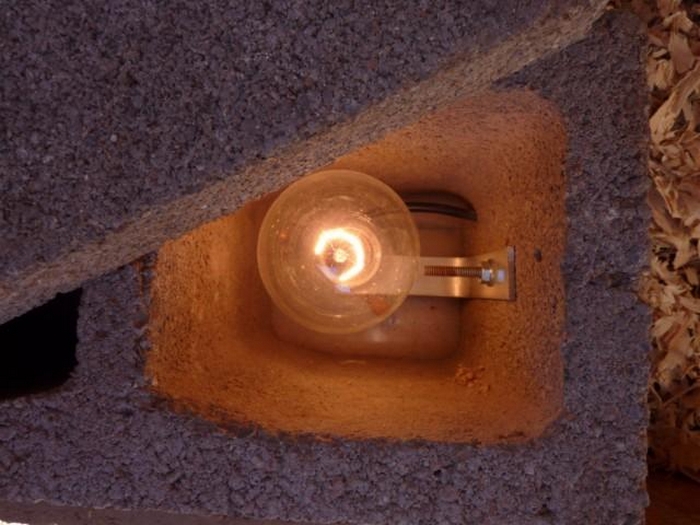
Utilizing a cinder block is an excellent method for heating chicken waterers, as it generates sufficient warmth to maintain the water’s temperature without becoming excessively hot. Moreover, the cinder block elevates the chicken waterer above the ground, contributing to its cleanliness by preventing contact with chicken droppings and other debris.
This chicken waterer heater using a cinder block is very easy to set up. Simply remember to make sure that no wood comes into direct contact with heat and other electrical components! This will help ensure the safety of your chickens and the longevity of your chicken waterer heater.
Do you need a cinder block chicken waterer heater in your chicken coop?
Contents [show]
How to Make Cinder Block DIY Chicken Water Heater
In this part, you’ll unveil the secrets to creating a DIY chicken water heater from a cinder block that not only keeps your feathered friends hydrated during the chillier months but also does it affordably and efficiently. Say goodbye to frozen water hassles and say hello to cozy and content chickens.
Ready to dive into this innovative project and ensure your flock stays warm and refreshed, no matter the weather?
Gather the essential materials and tools to get started.
Materials
- Cinder Block
- Concrete Stepping Stone (size should be fit to cover the cinder block)
- Light Bulb and Socket
- Aluminium Bracket
- Screws/Bolts and Nuts
Tools
- Cordless Drill
- Safety Goggles
- Dust Mask
Click on any image to start the lightbox display. Use your Esc key to close the lightbox.![]()
Steps
1. When using a power drill, ensure your safety by wearing protective goggles and a dust mask. Next, start the drilling process by creating a hole in the cinder block.
2. Ensure that the hole is appropriately sized to accommodate your light bulb’s wire. If the hole is undersized, inserting the wire may prove to be difficult. Conversely, if the hole is oversized, the wire may not be firmly secured.
3. Once you have drilled the appropriate-sized hole, insert the wire of the light bulb. If the light bulb is not screwing in, re-adjust the size of the hole.
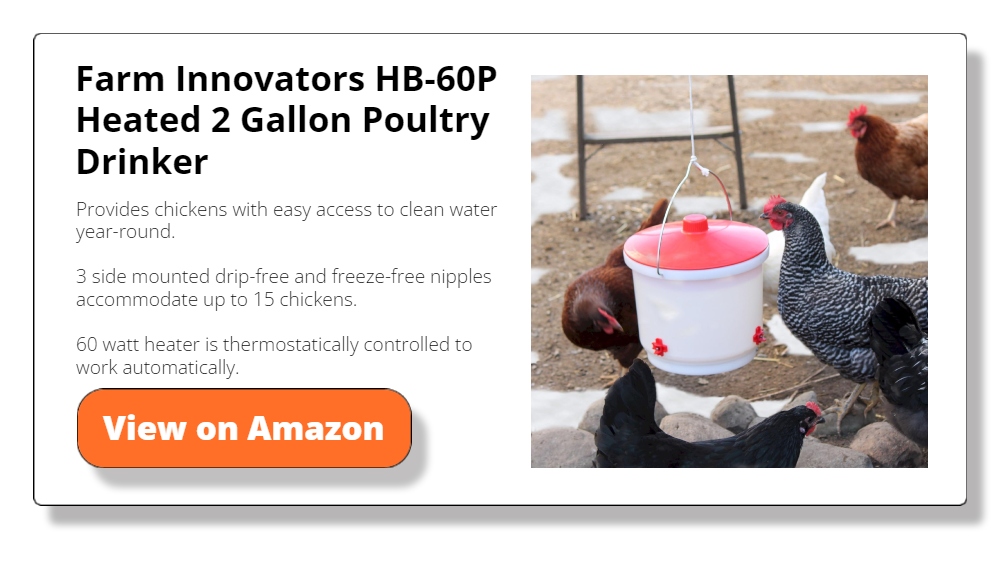
4. Attach the aluminium bracket inside one of the cinder block’s spaces using screws. This bracket will serve as your bulb holder. If desired, you can add a second bracket for stability. Make sure the screws are tightly secured in order to avoid any accidents.
5. Adding a concrete stepping stone to the top of your cinder block chicken waterer heater is the final step in the process. Make sure that the stepping stone is the appropriate size to cover the cinder block completely. This will ensure that your chicken waterer heater is fully functional and safe for your chickens to use.
6. To heat chicken water with a cinder block, first, plug in your bulb to an outlet. Subsequently, position the chicken waterer atop the cinder block heater. The warmth emanating from the cinder block will then transfer to the chicken waterer, then heating the water contained within.
This uncomplicated arrangement provides a straightforward and efficient means to maintain your chickens’ water at a comfortable temperature, particularly during chilly winter seasons.
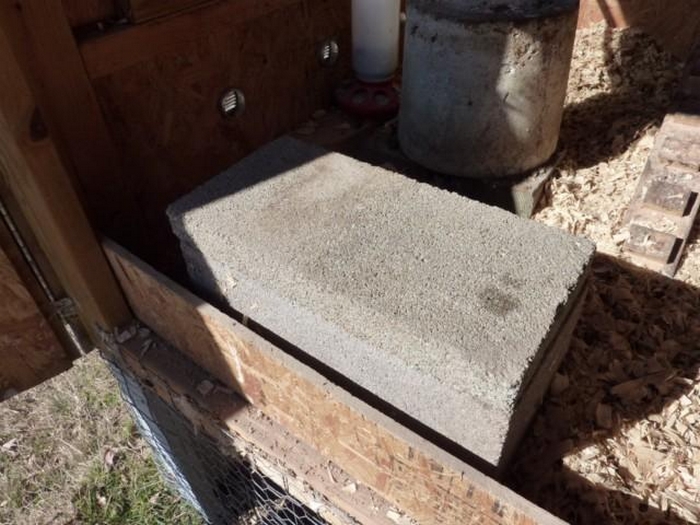
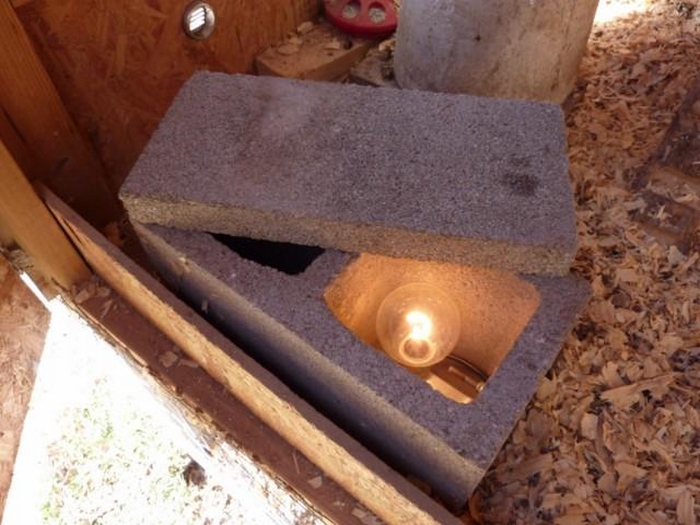

Special thanks to mareed2k at Backyard Chickens for sharing indispensable ideas on how to make an inexpensive heated chicken waterer!
Best heated Chicken Waterer Ideas
Here are a few other DIY heated chicken waterer ideas for you:
Hanging Bucket With Nipples
This water heater for chickens is a clever and practical solution for providing your feathered friends with access to unfrozen water during the cold winter months. This innovative system typically involves suspending a large bucket, equipped with specialized poultry water nipples, within your chicken coop or run.
The nipples are designed to release water when pecked by the chickens, ensuring a continuous supply of clean, unfrozen water.
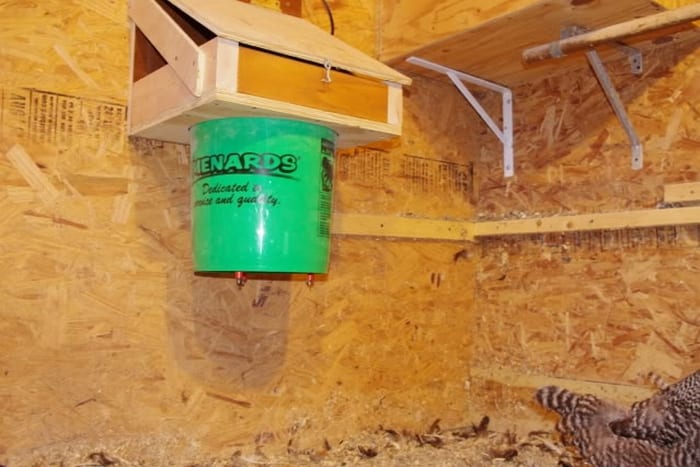
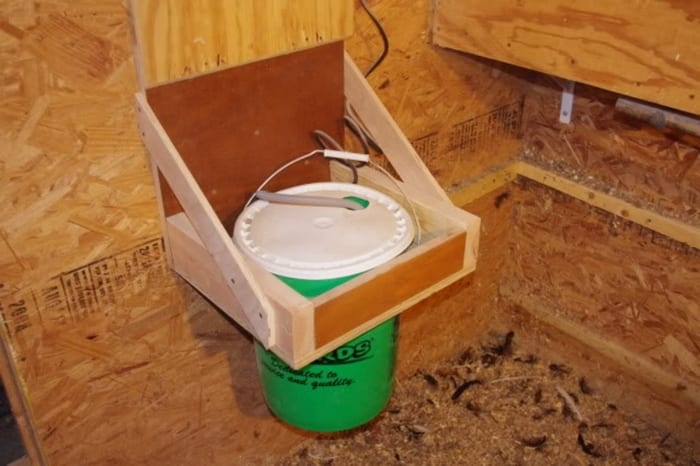
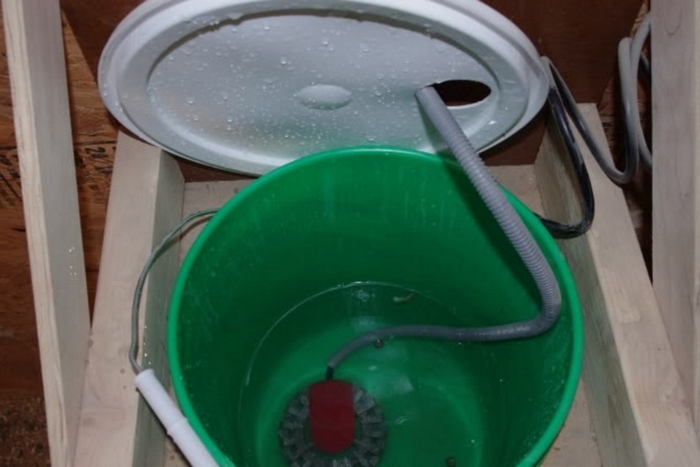
Cookie Tin Heater
This is a simple yet ingenious DIY heated chicken waterer solution that utilizes a cookie tin or a similar metal container to provide warmth in small spaces. This cost-effective and resourceful heating device can be especially handy in environments like chicken coops, workshops, or even small outdoor sheds where a localized heat source is needed.
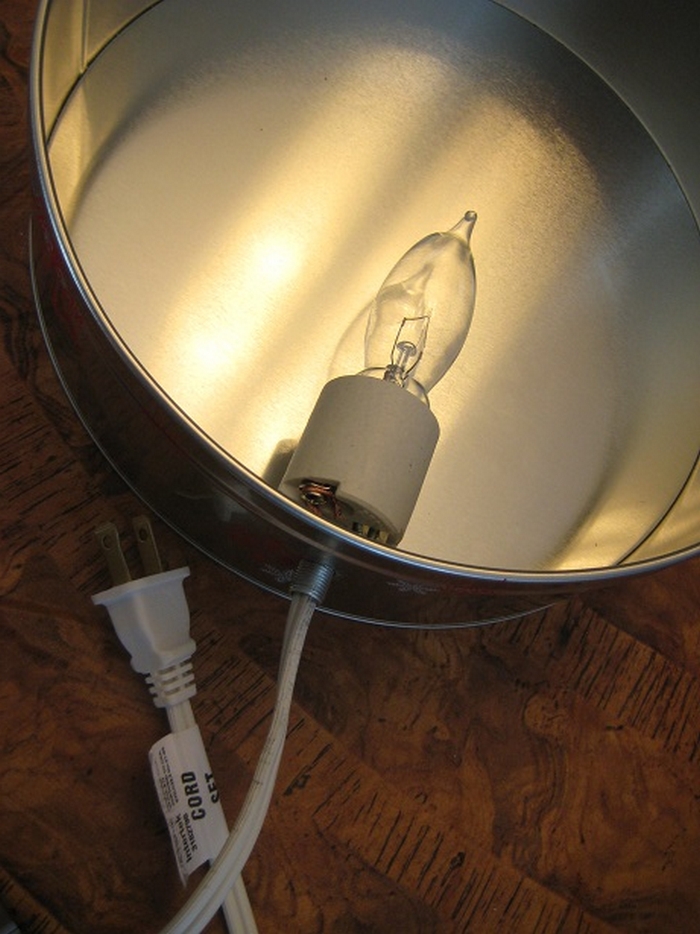
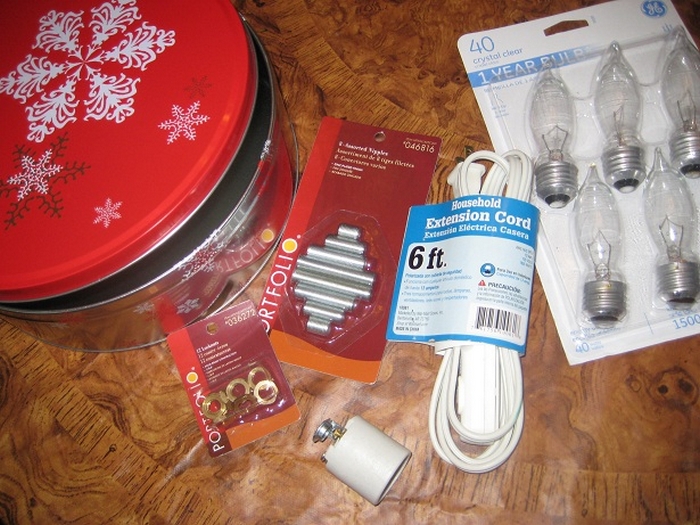

Terra Cotta Pot Heater
It is a unique and cost-effective heated chicken waterer solution that takes advantage of the natural heat-retaining capabilities of terra cotta clay pots. This ingenious DIY heating system is perfect for places like a chicken coop, greenhouse, or outdoor hangout spot where you need that heat to go directly where you want it.
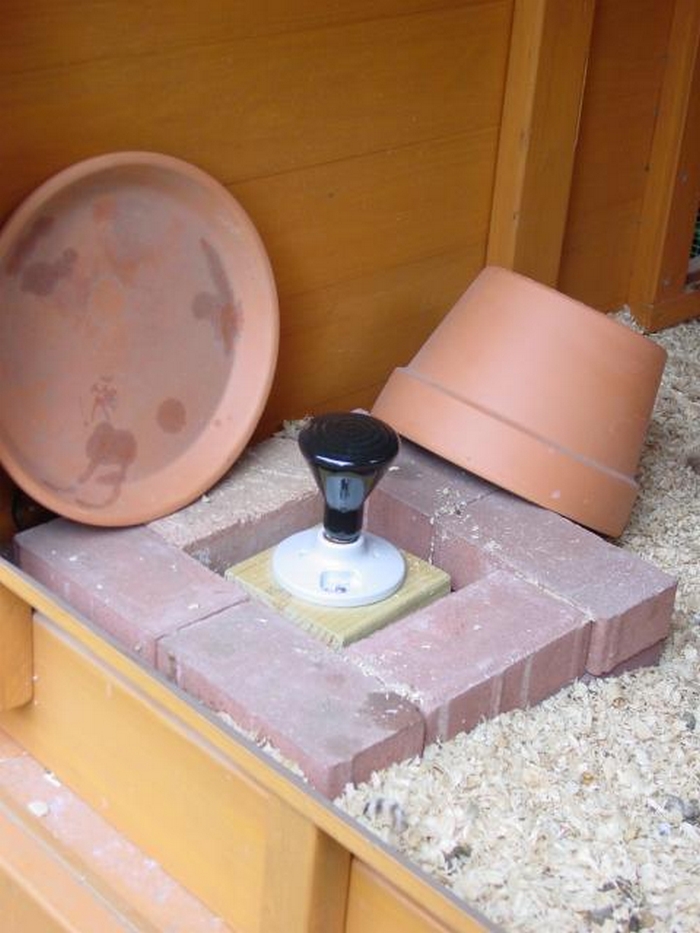
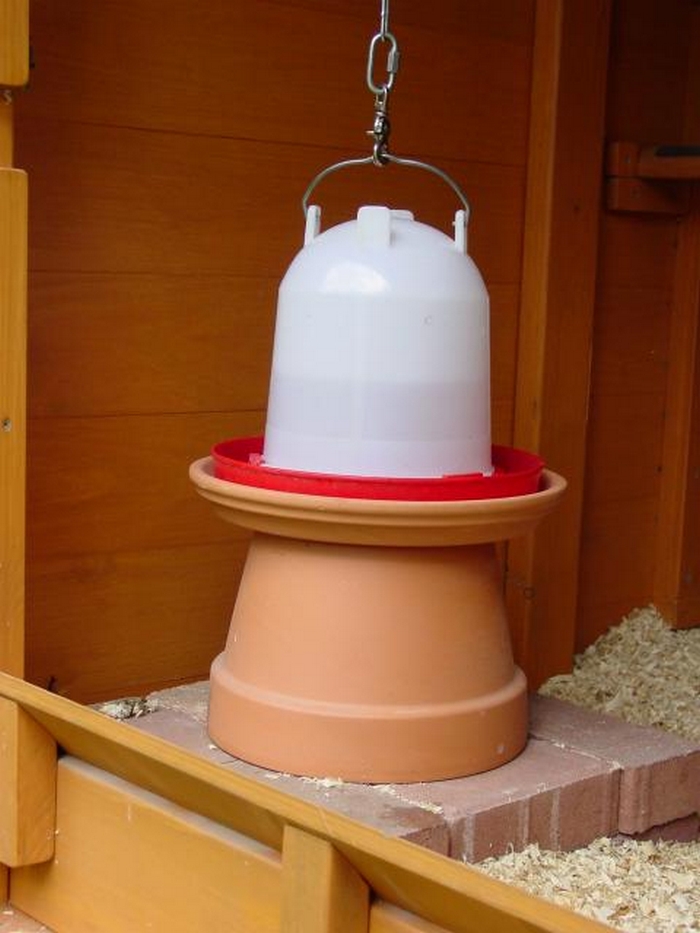

Winter Poultry Care Essentials
As the mercury drops, poultry enthusiasts face unique challenges in maintaining the health and comfort of their feathered friends. Cold weather demands extra care and attention to ensure chickens remain healthy, productive, and happy. Providing unfrozen water through heated chicken waterers is a critical element among the essential considerations.
This guide delves into key winter poultry care essentials, emphasizing the importance of heated chicken waterers alongside other vital practices.
Heated Chicken Waterers: The Lifeline of Winter Poultry Care
Ensuring constant access to liquid water during the winter is a comfort and a necessity for chicken health and productivity. Heated chicken waterers play a pivotal role in achieving this, by preventing water from freezing and assuring that chickens have access to water at all times. This is crucial for maintaining chickens’ metabolic rates, directly affecting their ability to stay warm and continue laying eggs throughout the colder months.
A reliable heated waterer, whether a commercially available model or a DIY solution like the innovative cinder block heated waterer, is integral to the well-being of your flock. It provides a consistent and unfrozen water source that supports digestion, nutrient absorption, and overall health. Investing in a heated chicken waterer will not just enhance your poultry’s living conditions; you’re securing their health, warmth, and egg production capacity during winter’s harsh realities.
Coop Insulation and Ventilation
Proper insulation retains heat within the coop, reducing the need for additional heating sources and ensuring a warm environment for your chickens. However, ventilation is equally important to prevent moisture buildup, which can lead to respiratory issues and frostbite. Strike a balance between keeping the coop warm and ensuring fresh air circulation, all while keeping your heated chicken waterer functioning as a warm water source.
Nutritional Adjustments for Cold Weather
As the cold season sets in, chickens require additional energy to maintain their body temperature and stay warm. It’s essential to adjust their diet to include a richer mix of grains and fats to address this increased energy demand, providing the calories needed to combat the cold.
However, a nutritious diet alone isn’t enough; it must be paired with continuous access to unfrozen water for optimal digestion and nutrient absorption. This is where the heated chicken waterer becomes indispensable.
A heated chicken waterer facilitates the efficient digestion of the higher-energy diet by ensuring that your chickens always have access to liquid water, even in freezing temperatures. This seamless integration of nutrition and hydration supports the birds’ heightened metabolic needs during winter, reinforcing their overall health and ability to withstand the cold.
Maintaining Egg Production
Egg production in chickens is closely tied to light exposure, which naturally decreases during winter. To counteract this reduction and maintain egg production, consider installing a light timer in your coop to simulate the longer daylight hours of summer, aiming for a consistent 14-16 hours of light per day.
Yet, lighting alone won’t suffice to keep the egg-laying process steady. Hydration plays a critical role in egg production, making water availability as crucial as extending daylight hours. A heated chicken waterer ensures that your flock has unfettered access to water, preventing dehydration and supporting the physiological processes involved in egg laying.
By combining artificial lighting with the reliability of a heated chicken waterer, you create an environment that encourages continued egg production, despite the shorter days and colder temperatures of winter. This dual approach not only promotes consistent laying patterns but also contributes to the overall well-being of your chickens, ensuring they remain productive and healthy throughout the season.
Physical and Mental Health
The cold stress of winter not only challenges chickens physically but also impacts their mental well-being. To mitigate these effects, providing adequate bedding such as straw or wood shavings is essential. This bedding helps retain heat within the coop, allowing chickens a cozy place to burrow and conserve body warmth.
Moreover, introducing environmental enrichments like perches, dust bathing areas, and treat balls can significantly reduce boredom and stress, promoting mental health. Amidst these strategies, the role of hydration, facilitated by a heated chicken waterer, cannot be overstated. Consistent access to liquid water is paramount for overall health and is crucial in reducing stress.
The heated chicken waterer ensures that water remains unfrozen, encouraging natural drinking behaviors and supporting both physical and mental well-being. This continuous access to water encourages chickens to stay hydrated, bolstering their resilience against the cold and maintaining their health during the winter months.
Frostbite Prevention
For chickens, particularly those breeds with large combs and wattles, frostbite during the cold months is a significant concern. The application of a thin layer of petroleum jelly on these sensitive areas can offer a degree of protection against the harsh cold.
Yet, the fundamental strategy for preventing frostbite involves managing the coop’s environment effectively—ensuring it remains dry and well-ventilated. Here, the heated chicken waterer contributes significantly by maintaining a dry environment, as it
prevents the humidity levels that can spike from open water sources freezing and thawing. By keeping the water in a liquid state, the heated chicken waterer reduces the risk of increased moisture and frostbite. Its role in maintaining a balanced coop atmosphere underscores the importance of such devices for hydration and as a preventive measure against common winter ailments.
Regular Health Checks
The winter season demands heightened vigilance for signs of illness or discomfort among chickens, as colder temperatures can exacerbate existing conditions or obscure symptoms. Regular health checks become imperative, allowing for the early identification and treatment of potential health issues.
Ensuring chickens have access to a heated chicken waterer is vital in this context. Hydration is crucial for a chicken’s ability to fight off illness, and the heated chicken waterer guarantees that chickens have continuous access to water, a key component in their defense against sickness. This consistent access to water supports their immune system, aids in digestion, and helps maintain body temperature, contributing to overall health and resilience against winter challenges.
The heated chicken waterer, therefore, is not just a tool for comfort but an essential element in the proactive health management of the flock, underscoring its value in the comprehensive care of chickens during the colder months.
Winter doesn’t have to be daunting for you or your chickens. With the right preparations, including focusing on maintaining access to unfrozen water through heated chicken waterers, your flock can survive and thrive during the colder months.
Emergency Preparedness for Poultry Coops
The unpredictable nature of winter weather necessitates a proactive approach to emergency preparedness in poultry coops. Ensuring the well-being of your chickens during extreme cold, snowstorms, or power outages involves strategic planning and the implementation of backup systems. Maintaining access to unfrozen water through heated chicken waterers is paramount among the various measures to be considered.
This guide outlines key considerations and steps to prepare your poultry coop for emergencies, focusing on the critical role of heated chicken waterers.
Backup Power for Heated Chicken Waterers
Traditional heating methods for chicken waterers may fail in a power outage, putting your flock at risk of dehydration. Investing in battery-operated or solar-powered heated chicken waterers can provide a fail-safe to ensure continuous access to liquid water. Alternatively, having a generator on standby to power your existing heated waterers can safeguard against prolonged electricity failures, keeping your chickens hydrated and healthy.
Insulated Water Storage
To complement your heated chicken waterer, consider insulating water storage containers to slow the freezing process. This measure can buy valuable time during short-term power outages or sudden outdoor temperatures drop. Insulated containers, combined with heated waterers, can ensure that your flock has access to water, a fundamental aspect of their survival and well-being in emergencies.
Enhanced Insulation
Beyond water, the overall warmth of the coop is crucial during extreme cold. Additional insulation can help retain
the heat generated by the chickens and any supplemental heating sources, including the ambient warmth that heated chicken waterers provide. Materials such as foam board, extra straw, or fiberglass insulation can be added to walls and ceilings to prevent heat loss.
Emergency Ventilation
Even in an emergency, proper ventilation remains critical to prevent moisture buildup and ensure a healthy environment for your flock. Portable, battery-operated fans or passive air vents can help maintain air circulation if standard ventilation systems are compromised. Ensure these solutions do not directly expose chickens to cold drafts, particularly near the water area to avoid freezing, despite the presence of heated chicken waterers.
Stockpile Essentials
Stockpiling feed and water is wise in anticipation of winter storms or disruptions. While heated chicken waterers efficiently prevent water from freezing, storing water in insulated containers ensures that your chickens will remain hydrated should you encounter difficulties in maintaining your water heating system. Similarly, a sufficient feed reserve will keep your chickens nourished if access to supplies becomes limited.
Manual Water Warming Methods
In cases where heated chicken waterers and backups may fail, knowing how to manually warm water becomes invaluable. Keeping a supply of kettles, pots, or any safe container for heating water on a wood stove or over a fire can provide an emergency water warming solution. Regularly replacing the water in your chicken waterers with manually warmed water will prevent freezing and maintain hydration levels until standard heating methods can be restored.
Pre-Winter Check-Up
Before the onset of severe weather, conducting a thorough inspection and maintenance check on your heated chicken waterers and emergency equipment is essential. Verify that all devices are in working order, batteries are fully charged (if applicable), and there are no leaks or damages to water storage containers. This proactive approach ensures that your systems are reliable when your chickens need them the most.
Training and Drills
Familiarize yourself and any caretakers with the emergency preparedness plan, including how to operate backup power sources, manually warm water, and fortify the coop. Conducting drills or walkthroughs can help identify gaps in your plan and ensure a swift, effective response in emergency scenarios.
Emergency preparedness for poultry coops is a comprehensive strategy that extends beyond just maintaining warmth. It encompasses ensuring continuous access to unfrozen water through reliable heated chicken waterers, fortifying the coop against extreme weather, and having contingency plans for feed and water.
Feathered Comfort on a Budget
Elevate your poultry care game with a brilliant cinder block heated chicken waterer! In just six easy steps, you can provide your feathered friends warmth and hydration while keeping your budget in check.
Leave your frozen water worries behind and relish the presence of snug and robust chickens right in your own backyard. Immerse yourself in this cost-effective, feather-friendly endeavour, guaranteeing your flock’s happiness and hydration throughout the winter.
With a dash of creativity and a few cinder blocks, your poultry haven is just a short journey away. Read our post on the 10 unique chicken feeders for more ways to boost your egg production!
FAQ: DIY Chicken Water Heater
- How can an aquarium bubbler prevent the water from freezing?
- A continual motion aquarium bubbler protects water from freezing by eliminating surface stagnation. Agitating the water keeps it warmer and prevents ice from forming. Aeration boosts oxygen levels, improving aquatic life.
- What is the purpose of the thermo cube in a DIY heated chicken waterer setup?
- Thermo Cubes in DIY heated chicken waterers run the heater and bubbler only when temperatures dip below 35°F, saving electricity. This automated activation saves power and prevents water freezing. It cuts electricity as temperatures climb, keeping your chickens’ system cost-effective and sustainable.
- How do you maintain a DIY heated chicken waterer throughout the year?
- Seasonal maintenance keeps your DIY heated chicken waterer running smoothly and clean for your chicks. Disassemble and clean the system with hot water and apple cider vinegar in spring, storing the heater and bubbler safely and keeping the Thermo Cube plugged in if protected. Reassemble, clean, and test the heater and bubbler in autumn to confirm everything works before freezing conditions. This regimen keeps the waterer working and birds watered year-round.
- What are some potential drawbacks of using a DIY heated chicken waterer?
- DIY heated chicken waterers are useful yet difficult. Extreme cold might freeze the waterer, necessitating indoor thawing and cleaning. Maintaining the waterer is important since hens might pollute it with droppings. Not waterproofed and powered, DIY systems may be unsafe and less durable than professional ones. It needs regular maintenance and prudence in winter to work.
- How can you address the issue of chickens sitting on top of the waterer?
- You may use various methods to keep hens off your waterer. Dome-shaped caps or wire guards make waterers less sturdy and chicken-unfriendly. The waterer may be raised to neck level or placed in less favorable spots to discourage perching. Spiky strips or faux owls repel them more. Combining these approaches keeps your waterer clean and your flock’s water sanitary.
- How do you ensure the bubbler and heater stay submerged in the water?
- Keeping the bubbler and heater submerged in your bucket requires suction cups. Anchor each gadget to the bottom using suction cups to keep them in place. Regularly monitor the water level to cover the bubbler and heater for optimal functioning and constant conditions.
- How should the horizontal chicken watering nipples be positioned on the bucket?
- Lower horizontal chicken watering nipples on a bucket so all hens, including smaller ones, may reach them. To keep the bubbler and heater immersed and prevent freezing, raise the nipples to retain adequate water at the bucket’s base. Balancing height lets hens drink comfortably while saving water for the system.

